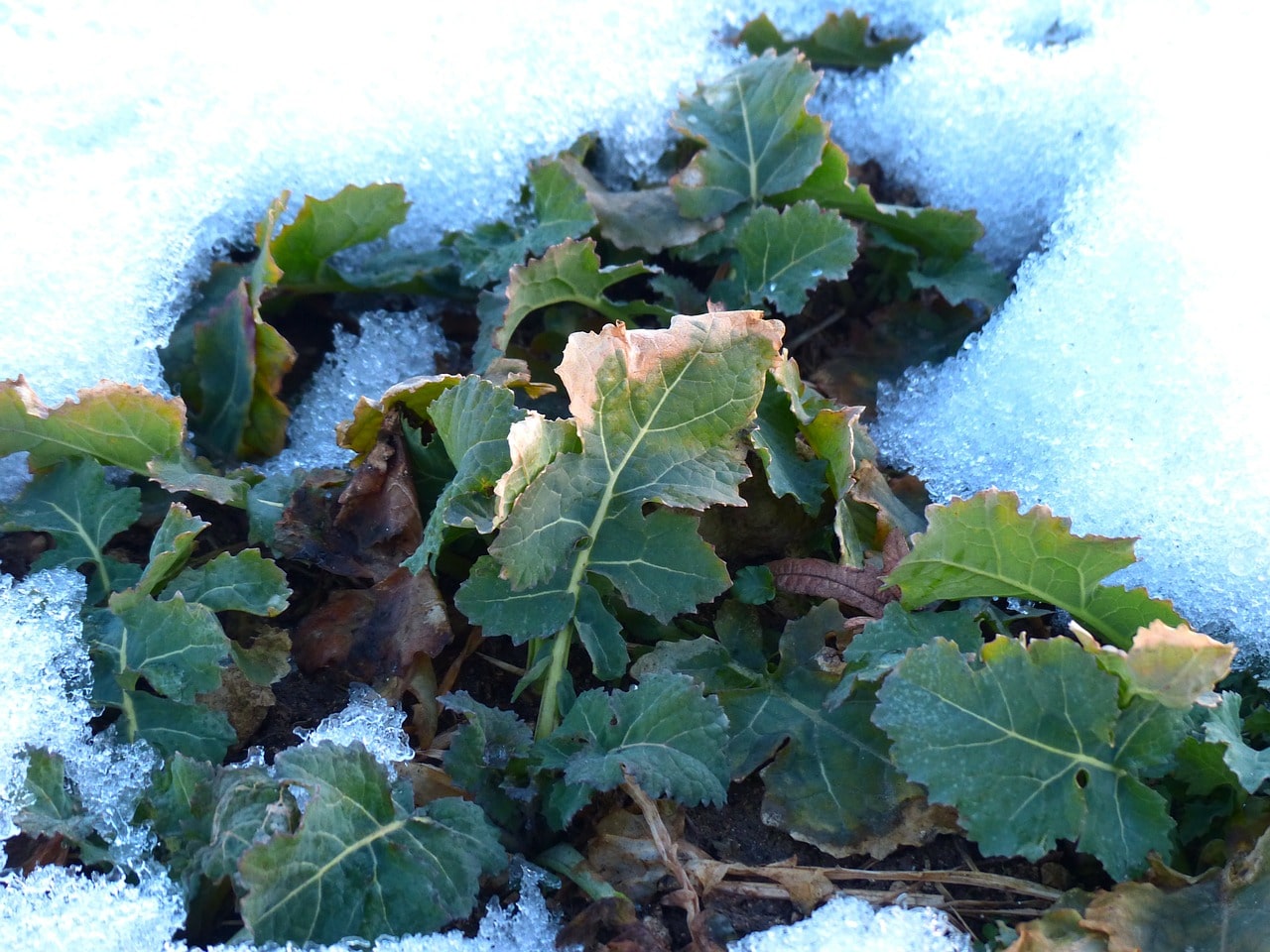
When the coldest season of the year arrives, winter, we are more exposed to catch diseases and catch colds. A good way to combat this risk and improve our immune system is by eating winter vegetables. Not only are they beneficial to our health, but they are cheaper than out-of-season vegetables and do not harm the environment as much. Apart from promoting the sustainability of the land and reducing CO2 emissions, we also consume these vegetables at their optimum point.
Despite the low temperatures and frosts that winter brings, many products that can be harvested during this season have very few calories, but still They provide all the minerals and vitamins that our body requires to prevent colds and flu. In this article we will talk about winter vegetables that can be harvested during this time of year and also about those that can be sown.
What vegetables can be harvested in winter?
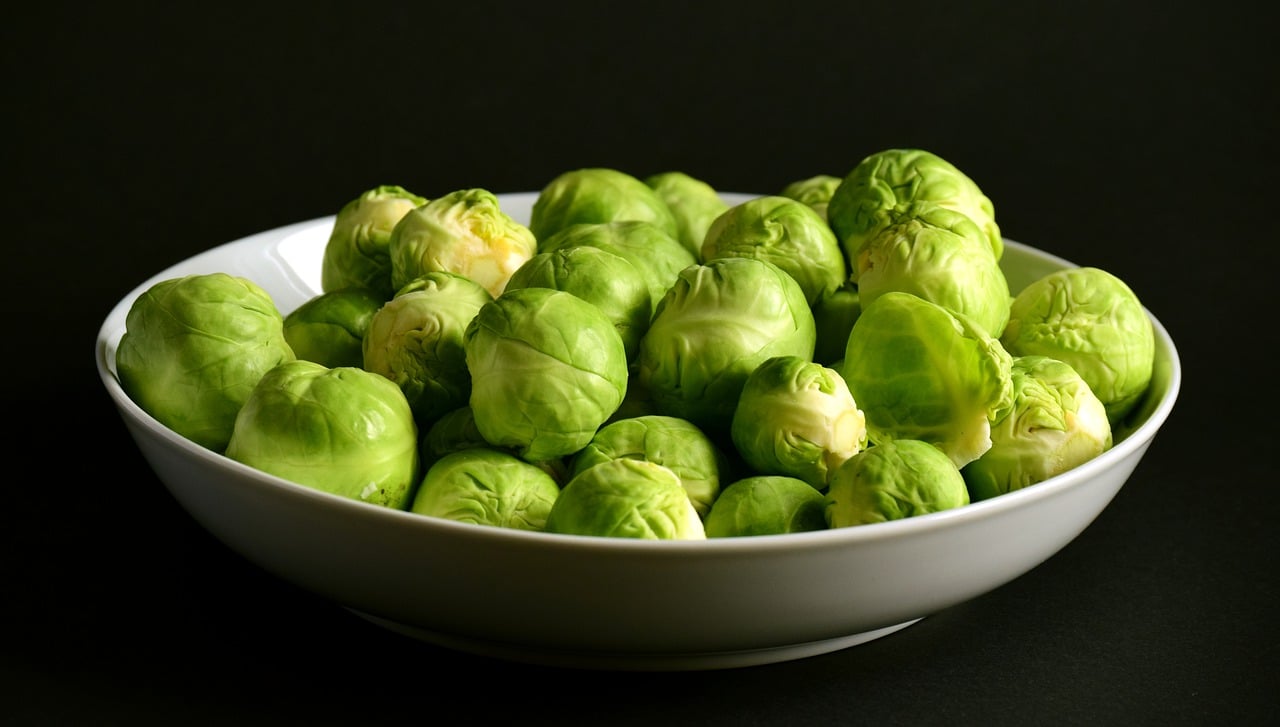
When we talk about harvesting winter vegetables, we refer to the process by which vegetables and fruits are collected from the field. for it always we must take into account the time and also the time in which it was sown. It should be noted that growing during the winter season has several advantages, among which is that many of the vegetables planted at this time can be extended throughout the year, such as lettuce.
While it is true that many orchards are often empty during the colder months, with proper planning the vegetables can be harvested in a very short period of time. Next we will name the vegetables that are most often harvested in winter:
- Leeks: An ideal vegetable to prepare broths and creams. In the event that we do not have any orchard, we can also plant them in window boxes or small pots.
- Spinach and chard: Both are characterized by being very rich in both provitamin A and folic acid. They are generally harvested during the cooler months of the year.
- Brussels sprouts, cauliflower and broccoli: It could be said that cabbages are the queens of winter vegetables, since they are very favored when temperatures are low. Of course, they cannot be missing in our winter garden.
- Pack choy: It is a very popular vegetable in Asian cuisine. These vegetables have become very fashionable and it is not surprising, since one of their greatest advantages is that they can be harvested a month after planting. Most of those that we can find in Spanish supermarkets come from Almería.
What vegetables can be grown in winter?
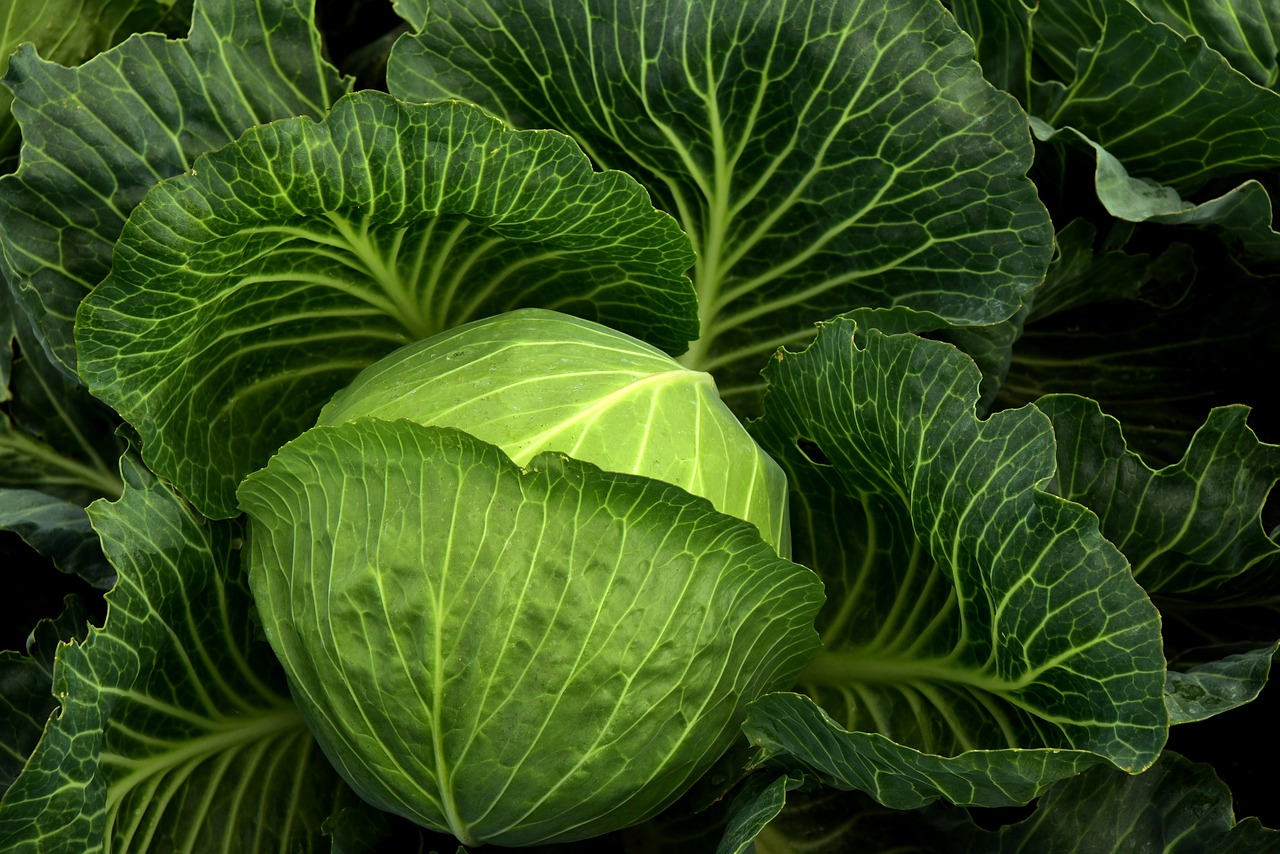
During the coldest time of the year Many winter vegetables can be grown. Next, we will talk about the ones that best withstand cold climates and the ones that are most cultivated during this season, including their most notable characteristics and the waiting time for the harvest:
- Chard: We can grow Swiss chard throughout the year, including winter. These vegetables stand out for being very rich in vitamins A, C and E and for containing a high percentage of fiber. Its leaves begin to come out after about two months, more or less.
- Artichokes: The ideal months for artichokes are March and April, since they need a temperate climate. They stand out for having purifying, energizing and diuretic properties. In addition, they have a very high content of iron, phosphorus and calcium. We will be able to enjoy its fruits three or four months after transplanting its seeds.
- Celery: Although it is true that it is quite difficult to grow celery in winter because it does not withstand the cold well, it is not an impossible task. It is well known that this vegetable has diuretic properties and that it helps fight kidney stones and anxiety. The cultivation of celery usually lasts about four months.
- Collar: As we have already mentioned, cabbages are one of the best options for our winter garden since they withstand frost very well. Of course, before growing this vegetable we must make sure to choose a variety that resists cold so as not to be disappointed. We can harvest the cabbages after about thirty weeks.
- Cauliflower: Like cabbage, cauliflower also withstands low temperatures and frost very well. To obtain a good harvest, it is important to prepare the land correctly beforehand, since this vegetable requires many nutrients to grow and develop. It begins to germinate between ninety and two hundred days.
- Spinach: The best time to plant spinach is between the months of September and November. This vegetable grows very fast, so it is not surprising that we can get the first harvest after only two and a half months. They are ideal vegetables to prevent vision problems, combat anemia and help the proper functioning of the bones.
- Lettuce: Undoubtedly, lettuce is one of the most consumed vegetables, especially in areas where the climate is temperate, and it can be grown in winter. This vegetable usually develops between twenty and sixty days from its cultivation.
- Carrot: One of the most common winter vegetables is the carrot. Among the many benefits that this vegetable brings us is its high content of iron and phosphorus, its calming effect on gastric problems and its ability to prevent constipation. Carrots can usually be harvested after three to four weeks.
Tips for planting winter vegetables
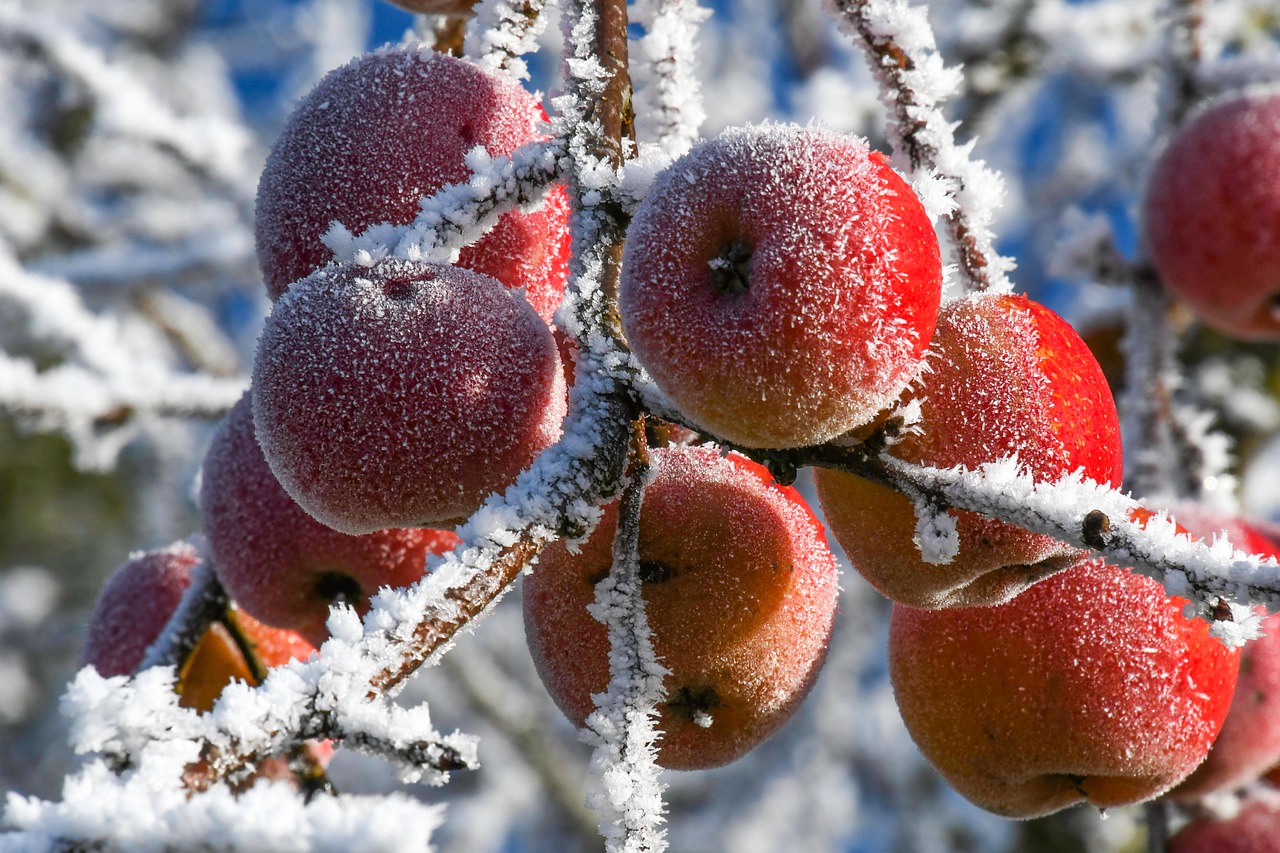
Some winter vegetables are mainly characterized by preferring low temperatures and high humidity. Thus, the coldest season of the year is the best to grow them, as they will develop their fruits better. However, many vegetables are also considered winter to withstand low temperatures and frost better than others. Thus, both farmers and individuals will be able to take advantage of the orchard during the winter.
However, all vegetables are at some risk when facing frost. Thus it is essential to know how to take care of our garden, the needs it has in winter and how to protect plants during the coldest season of the year.
How to maintain the garden in winter
The first step in preparing and later maintaining the garden during the winter is plan it in the fall. According to experts, it is best to plant in sunny places so that the plants take hold and grow healthy. We must also choose what type of vegetables we will plant in our garden. As we have already mentioned before, some very good examples are cabbage, lettuce or leeks, as they develop very well during the winter.
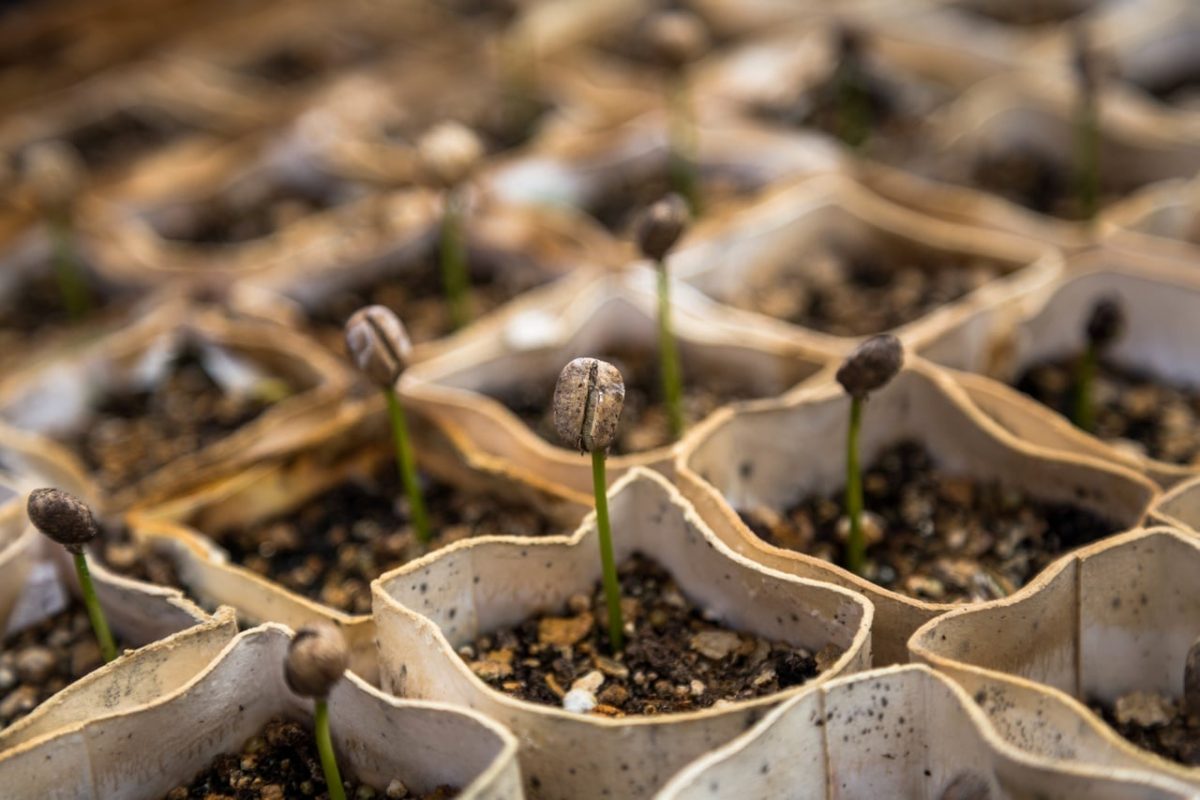
As for the land, the best time to prepare it is in December. During this month we will be able to develop the following tasks, among others:
- Remove herbs
- pave the way
- nourish the soil
- Prune
- Fertilize: It is best to use species such as rye, clover, vetch and alfalfa.
- Water: It should be watered first thing in the morning or at nightfall, and they should be short irrigations.
How to protect the garden from frost
In winter, the main problems for crops are cold and rain. According to specialists, One of the best options to isolate the temperature is the so-called “mulch”. It is a vegetable layer made of dry leaves that are placed around the vegetables. This layer will protect them from climatic changes in the soil, such as humidity.
In order to safeguard the harvest, it is also common to use plastic or glass protectors. It is even a good idea to cover the garden with a plastic tunnel. This type of protectors will help facilitate the ripening of vegetables. Below we will list some protection measures that we can take to protect our garden from frost:
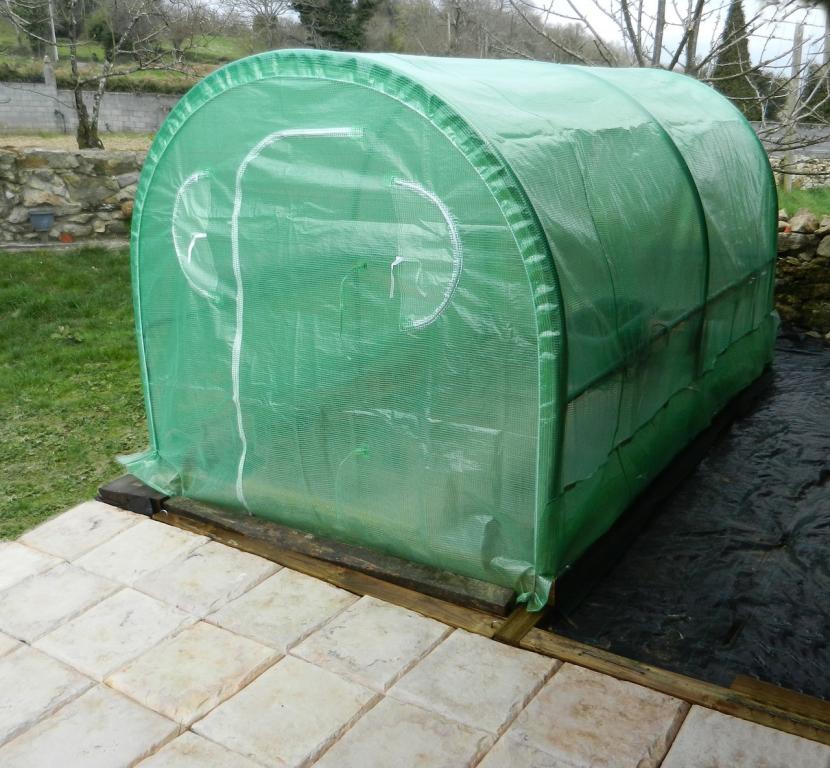
- Use greenhouses: Through the greenhouses we will lengthen the harvests and also the harvest will be more productive. In addition, some vegetables will be able to withstand better if they grow and develop in closed spaces.
- Avoid using fertilizers: Using fertilizers on new shoots or leaves will make them much more sensitive to cold and especially frost. Therefore, we must avoid using them in winter and leave them for spring.
- Insulate the pots: If the weather is cold, a good option is to wrap the pots in bubble wrap. In this way, the vegetables will better withstand low rainfall.
- Place protective fabrics: Protective fabrics are a good option to prevent bird bites, cold weather and downpours.
- Put hibernation meshes: Hibernation nets are usually used in orchards where fruit trees are grown. They are very easy to install and their function is basically to protect from any inclement weather.
- Use thermal blankets: Another good technique to protect vegetables from the winter cold is to use thermal blankets. These are very easy to put on and take off and are really cheap.
You already have all the necessary information to be able to grow and harvest winter vegetables. By protecting the garden well, we can take advantage of it throughout the year and enjoy delicious fruits and vegetables.